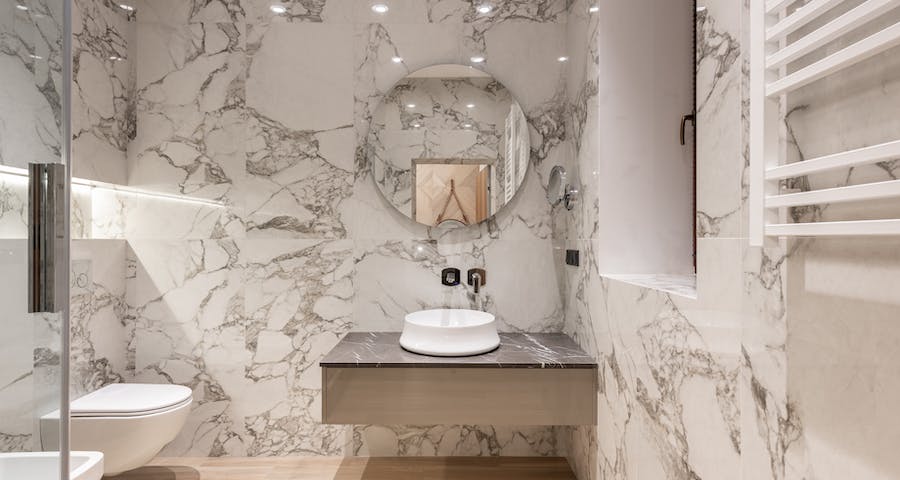
Has your toilet ever started running unexpectedly, without stoppage, and even overflowed? You’re not alone. A running toilet is a common household problem, and it can be caused by different reasons such as a loose flapper, a faulty fill valve, or a clogged toilet. A running toilet can waste up to 200 gallons of water daily, which is not only a potential damage to your sewer system but also an increase in the utility bill. If you’re experiencing a running toilet, it’s important to rectify the situation before it gets worse. It’s essential to halt a running toilet and prevent overflow. In this blog post, we will discuss practical steps on how to halt a running toilet and prevent overflow.
Contents
Step One: Locate and Turn Off the Water Supply Valve
Whenever you notice that your toilet is running non-stop, locate and turn the water supply valve off. Typically, the valve is situated behind or beside the toilet and requires rotary motion. Be cautious to avoid forcing the valve, as a weak valve can quickly snap or break, and you don’t want unexpected water damage.
Step Two: Check for Clogs
If only one of your toilets is running non-stop, there may be an issue with the trap or drain. Some items such as toilet paper, feminine hygiene products, and wipes can plug the toilet drain and cause a running toilet. You can use a plunger to dislodge any blockages. Position the rubber bowl plunger over the bottom part of the toilet bowl, adding just enough water to the space to seal the rim of the plunger. Slightly pump the plunger until the blockage is released.
Step Three: Inspect the Flapper
The flapper is a rubber or silicone gasket that allows water to flow from the tank to the toilet bowl. Be sure the flapper is secured correctly and no lime deposits or other debris obstruct it from closing all the way. This will reduce the amount of water exiting the tank and prevent running.
Step Four: Check the Fill Valve
The fill valve is responsible for refilling the toilet tank after flushing. It can malfunction when it is damaged or substandard. A broken or inferior valve can cause water to run continuously through the toilet. Often, you can repair it by tightening the bolts or resetting the valve. If the valve is beyond repair, you will need to replace it.
Step Five: Preventing Future Toilet Problems
Now that you have rectified the running toilet, it’s crucial to take preventive measures. Regular toilet maintenance reduces the chances of recurring toilet problems. Schedule an annual inspection by a professional plumber, perform periodic cleaning to prevent any accumulation of debris or mildew, and install a water sensor valve to detect any water leaks, which could prevent future toilet troubles.
Conclusion:
A running toilet is a typical household issue that’s easy to halt and prevent overflow but requires prompt attention. Remember, the sooner you fix the problem, the less water you waste, and the less your utility bill increases. Regular maintenance, such as scheduled plumbing inspection and periodic cleaning, can prevent any potential issues. Following these tips will reduce the chances of recurring toilet troubles. Halting a running toilet might seem like a minor issue, but at the end of the day, it saves water, and money, and contributes to preserving the environment.
